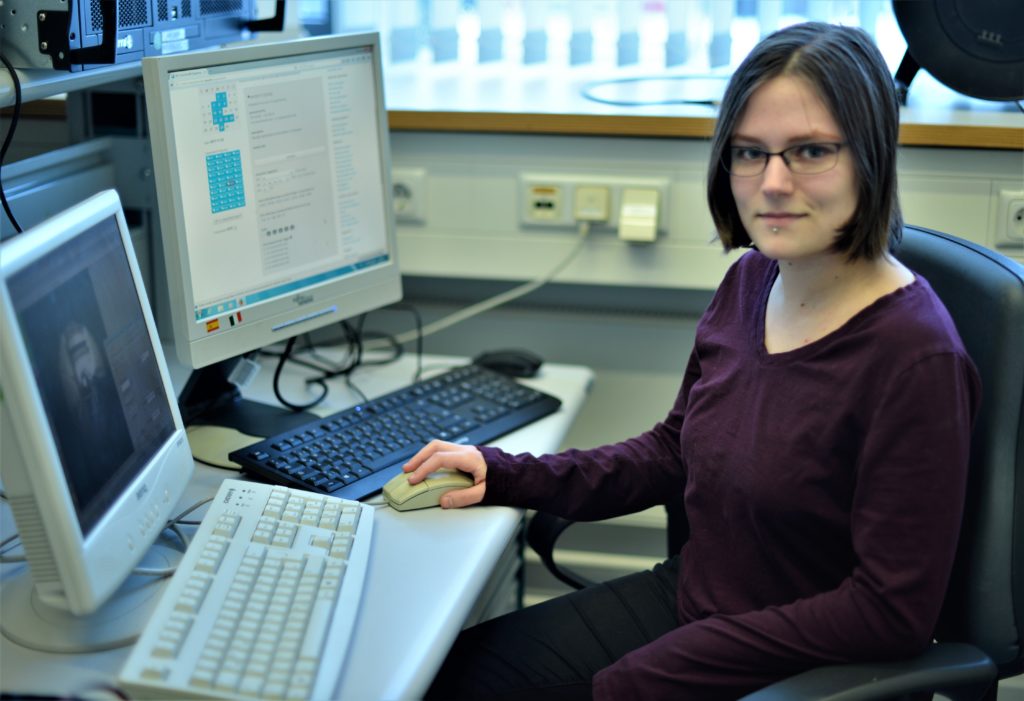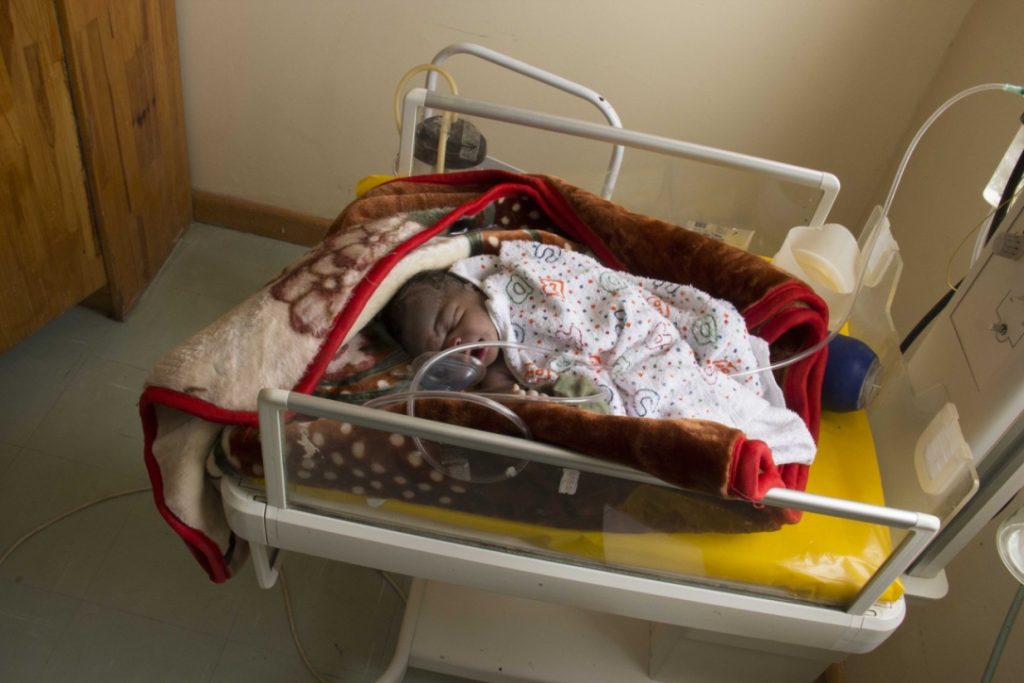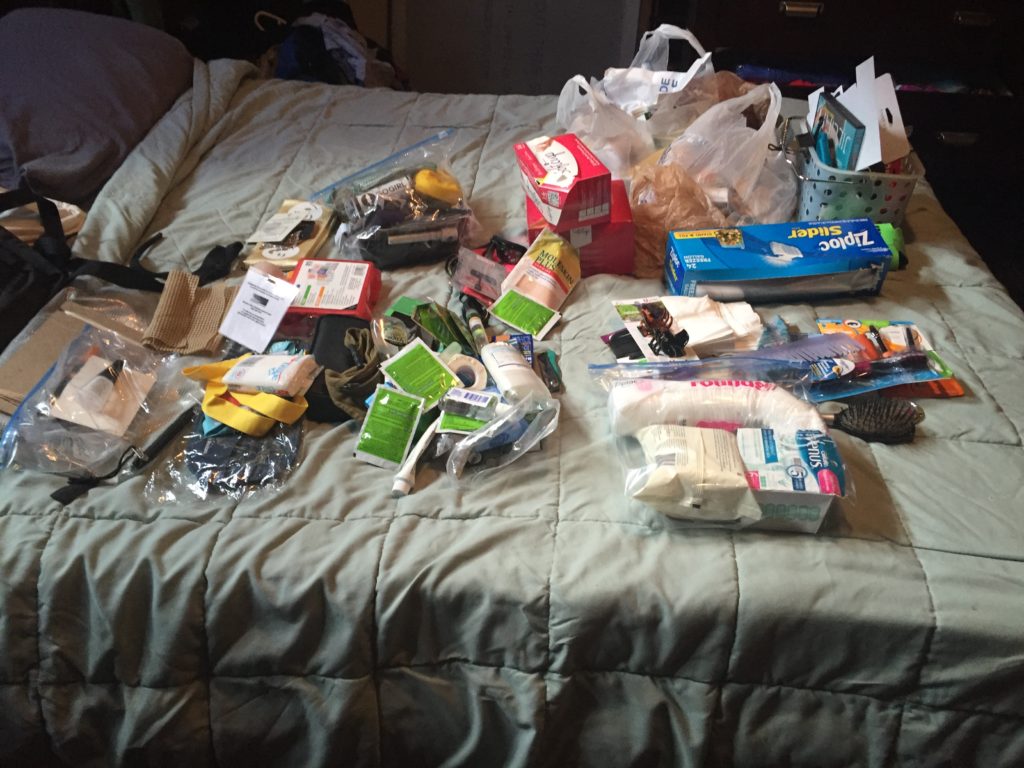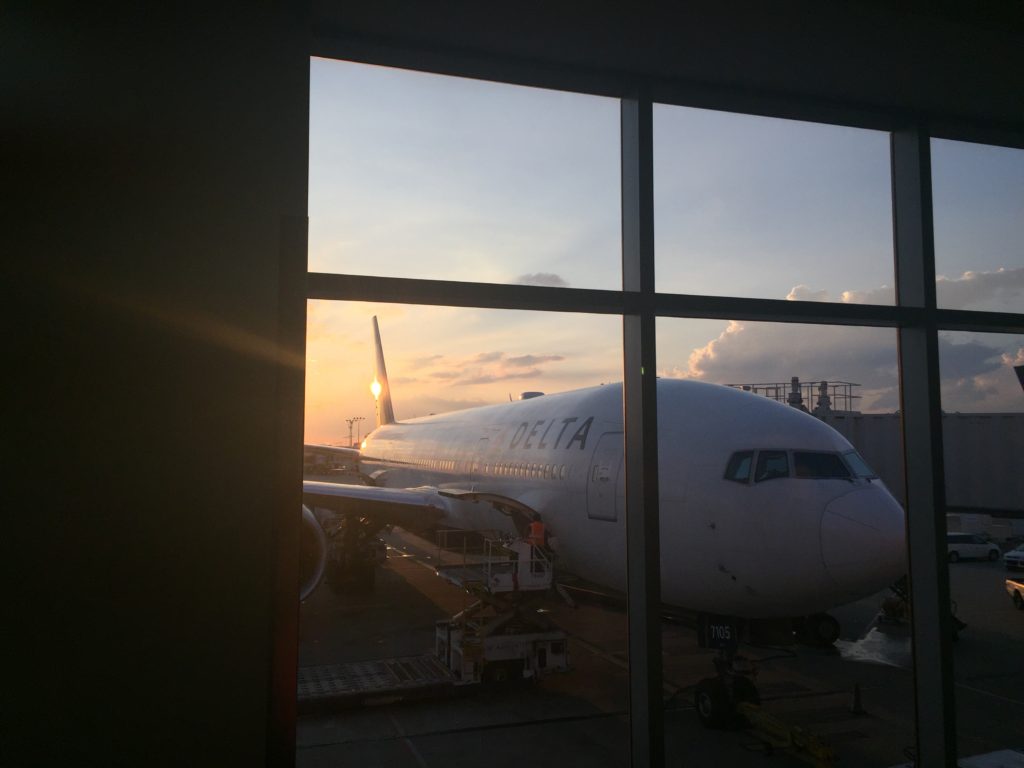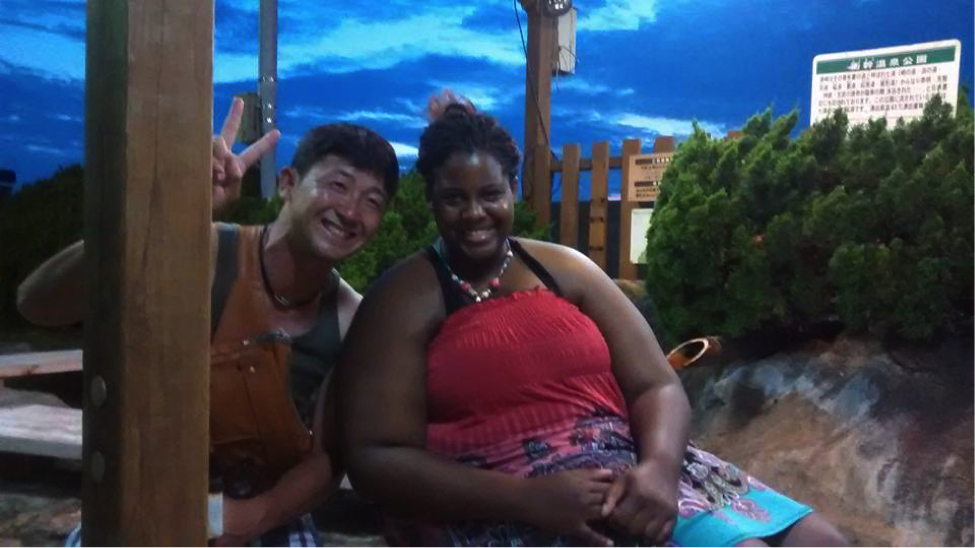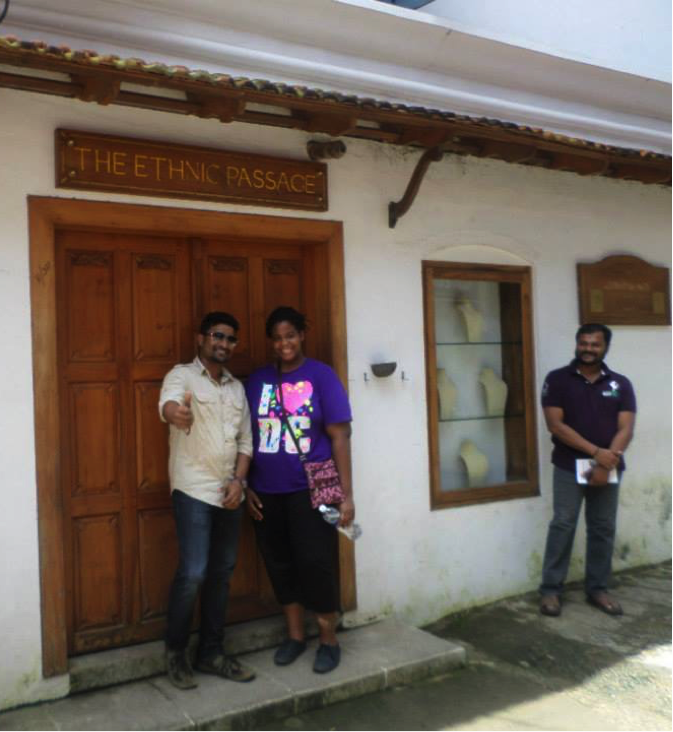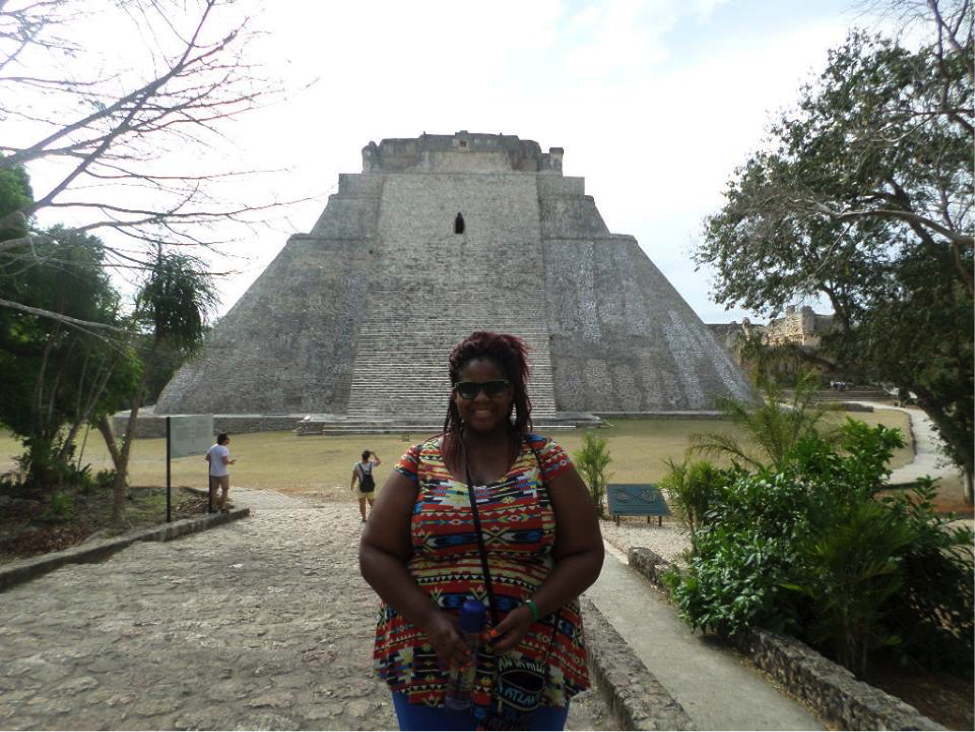Hi everyone! These past few months, I’ve been toying with the idea of maintaining a blog for my experiences this coming year as a Fulbright grantee in Spain. I’ve decided to go through with it, to document what is sure to be one of the most exciting, challenging, and transformative years of my life for myself and others. First off, I just want to say how blessed I feel to have been given this opportunity. I wouldn’t be where I am right now without the support of countless professors, mentors, family members, and friends. It’s been a crazy ride getting to this point and I can’t wait to embark upon this next stage of my life.
Applying for a Fulbright grant has been on my radar for quite a few years, although I can’t say I recall the exact instance in which I first heard about it. I’ve spoken with numerous past grantees that raved about their experiences and the two main types of grants, for Graduate Researchers and English Teaching Assistants, were both very applicable for me as a future healthcare professional. Though I did travel to several Spanish-speaking and non Spanish-speaking countries during my undergraduate years, these trips were never for an extended period of time. I yearned to truly feel as though I have lived in, not simply visited, another country, which is exactly what the Fulbright Program would give me an opportunity to do. It was not a matter of whether or not I wanted to apply for the program, but of deciding upon a country and grant category as well as finding the time to put together a competitive application. Flashing back to the summer of 2014, I was simultaneously working, studying for the MCAT in July, submitting primary and secondary medical school applications, and applying for the Navy Health Professions Scholarship Program. Needless to say, my preparations for applying for a Fulbright were put on the back burner for most of that summer. I didn’t really start to solidify my country and grant type until the end of July, which I DON’T suggest. Considering that the University of Alabama campus deadline for submitting the application was in early September, I had my work cut out for me.
As I mentioned, the two types of grants that I was considering were for English Teaching Assistants and Graduate Researchers. After consulting with Dr. Beverly Hawk, the campus Fulbright advisor, I decided that I was best suited for a position as a graduate researcher. In order to apply for this type of grant, I would need to identify a host institution and mentor in my country of interest, develop a project proposal, and secure a letter of invitation from the institution. I had previously participated in an HIV/AIDS summer research fellowship with a Principal Investigator from France, so I reached out to him about any Spanish HIV/AIDS researchers that he knew. Fortunately, he was able to connect me with several of his good colleagues across Spain whose research interests aligned with my own. I received offers to work at two institutes, one in Madrid and one in Barcelona, so my last decision before proceeding with the application process was choosing between the two institutes. I ultimately decided to indicate the Hospital Ramon y Cajal in Madrid as my host institution for several reasons:
- I am fluent in Spanish but not Catalan, which is widely spoken in Barcelona.
- The research being conducted at the Hospital Ramon y Cajal (which I will discuss more in a future post) struck me as particularly fascinating and innovative.
- Most of the other Fulbright grantees in Spain would be living in Madrid.
Come September/October, I had completed and revised my application countless times, been interviewed by the campus Fulbright committee, and submitted my final application to the National Screening Committee. From this point on, there was nothing more for me to do – no more essays or interviews, just waiting on a decision to come in the spring. As the fall semester progressed, I began to attend medical school interviews and continued working on my Navy application, not thinking about the Fulbright application that I no longer had control over. At this point, there were a lot of uncertainties as to what my next step in life was going to be. Would the Navy allow me to accept a Fulbright grant? If I was accepted to medical school and the Fulbright Program, would I be able to defer medical school? January brought me closer to resolving some of these uncertainties. Within a few weeks, I found out that I would not be able to join the Navy that year, received my first medical school acceptance, and was informed that I had made it to the final selection process for a Fulbright grant in Spain.
On spring break, I opened up my email to some of the most exciting news of my life – I had been selected as a Fulbright grantee! The rest of the semester was relatively smooth sailing from there. I had decided that I would be attending Florida International University (FIU) for medical school and the administration was extremely receptive to my request to defer my start date for a year. As FIU is located in Miami, it’s virtually a necessity for medical personnel to be able to communicate with the plethora of Spanish-speaking patients. Living in Madrid and working at a Spanish hospital is certainly going to prepare me well for medical school when I come back to Miami.
Anyways, that’s a summary of the craziness of my application year for Fulbright! I won’t be leaving for Madrid until August 31, so stay tuned for some more pre-departure posts about my research project and what I’m doing for prepare for this upcoming year. ¡Hasta pronto!

